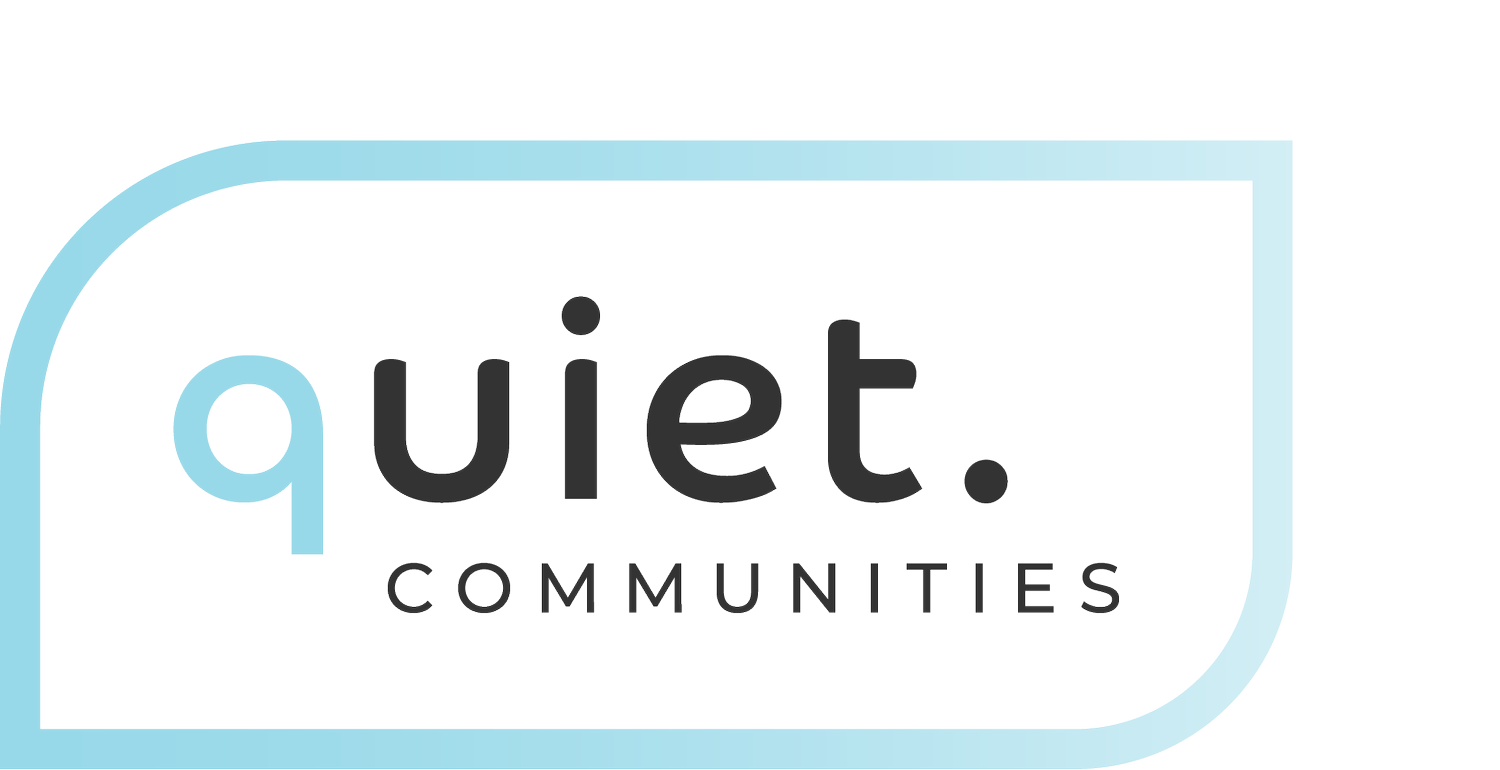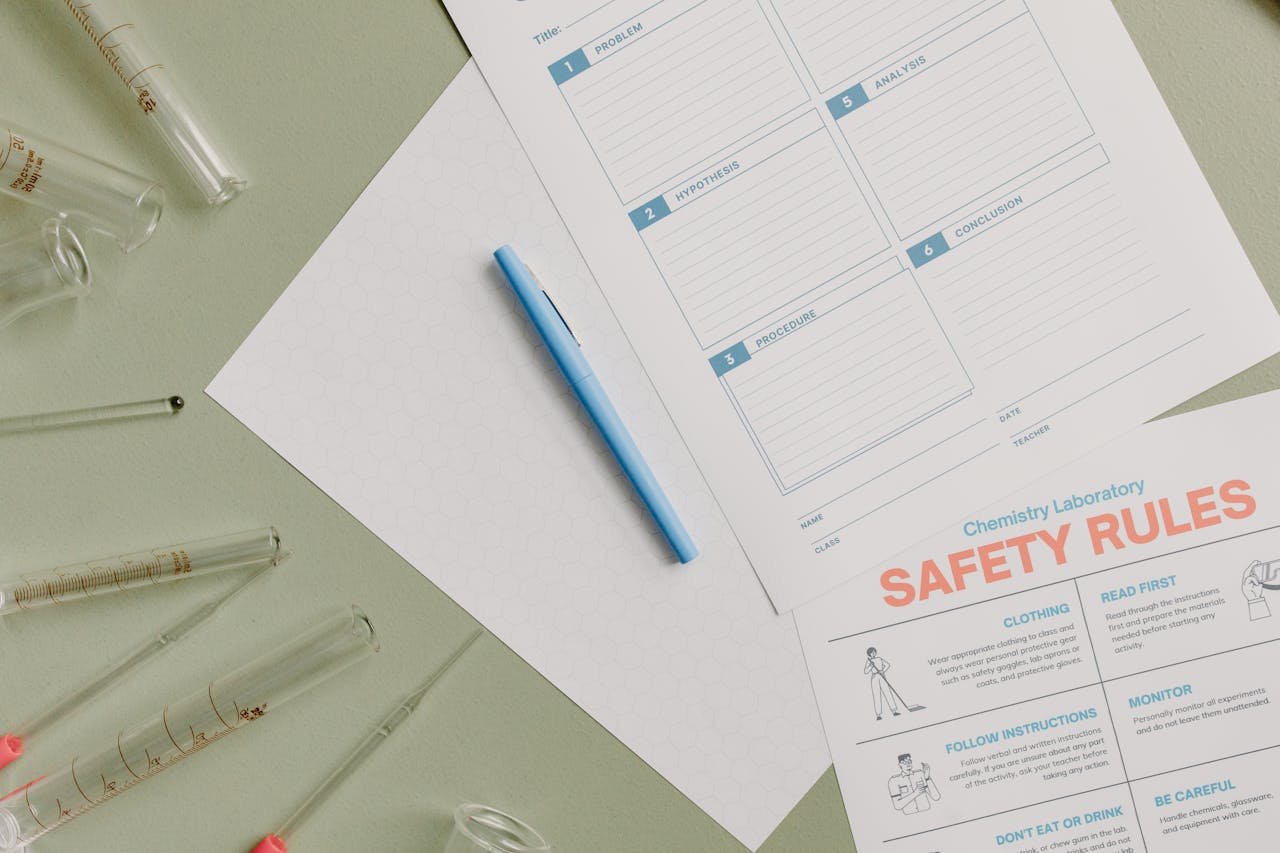We need to reach the audiology community on safe noise levels
by Daniel Fink, MD, Chair, The Quiet Coalition
Photo credit: Tara Winstead
Can anyone help me reach the audiology community about what the safe noise levels to prevent auditory damage in humans actually are? I am so exasperated because audiologists keep citing industrial-strength occupational noise exposure levels as being safe for the public when they are not.
In a recent article from the University of Virginia about staying safe listening to the sounds of summer, Senior Associate Director of Communications Audrey Breen asked Assistant Professor Margaret Halinski, at the university’s School of Education and Human Development, “At what level does sound become a risk?”
Halinski replied citing the National Institute for Occupational Safety and Health’s recommended exposure limit of 85 decibels (dB) or less for an eight-hour workday.
“Even though the organization makes recommendations for work environments, these are also the guidelines we use as a baseline for hearing health,” she said.
These statements are dangerously wrong. The NIOSH recommended exposure level (REL) for occupational noise, 85 A-weighted* decibels (dBA) does not prevent hearing loss in exposed workers. It allows an 8% risk of excess hearing loss, which is far too great for the public. The NIOSH REL needs to be revised downwards for several reasons. The REL was calculated based on 40-year work exposure, but people are exposed to noise from birth to death. NIOSH assumed workers had quiet when not at work, something that is no longer true. Nobody listened to personal listening devices for music, podcasts or books when the NIOSH REL was calculated.
NIOSH based its recommendations on research using limited frequency screening audiometry. More sensitive hearing tests, such as extended range audiometry and speech-in-noise testing, would find much more extensive auditory damage much earlier. I will readily acknowledge that no one is exposed to 85 dBA sound for eight hours a day, five days a week, 50 weeks a year, but 85 dBA still isn’t safe. There are no evidence-based noise exposure levels for children and teens, and levels safe or unsafe for adults should not be extrapolated to the young.
The only evidence-based safe noise exposure was calculated by the Environmental Protection Agency in 1974. That’s an average noise exposure of 70 dB for 24 hours. The actual safe noise exposure levels may be as low as 55 dBA for a single noise event and a daily average of 55-60 dB. Impulse noise may have a disproportionate effect on hearing.
Hearing loss is not part of normal physiological aging and largely represents the cumulative effect of a lifetime of excessive noise exposure. Starting in 2017, I have discussed the safe noise exposures with leadership of the American Speech-Language-Hearing Association, informing them of the evidence-based safe noise exposure levels, but ASHA still cites 85 dB as being safe.
Can anyone help me get this information through to the audiology community? Any and all suggestions or email introductions to the profession’s leaders would be greatly appreciated. If I’m wrong, I hope someone can send me a citation or link to an article published in a peer-reviewed journal supporting the statement that 85 dBA is safe for the public, including for children.
*A-weighting adjusts unweighted sound measurements to approximate the frequencies heard in human speech.

